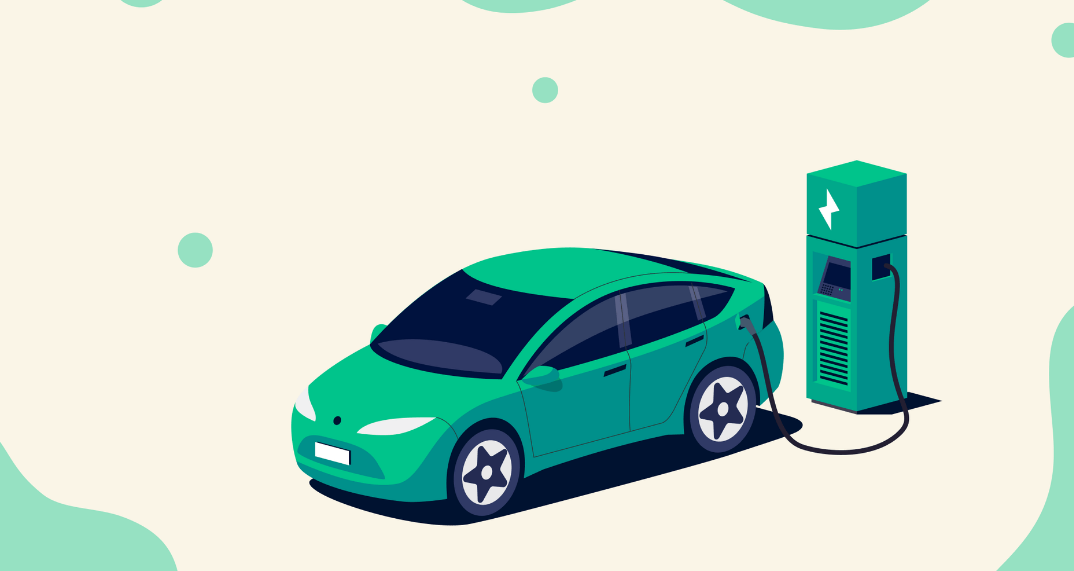Kathmandu: The issue of customs evasion in electric vehicles has now reached the Commission for the Investigation of Abuse of Authority (CIAA) along with the Department of Revenue Investigation.
While the Ministry of Finance and the Department of Customs were already probing cases of under-declared motor capacity to evade taxes, the CIAA has also shown interest.
When electric cars with motors under 100 kilowatts are imported, the government collects far lower revenue. However, taking advantage of the fact that the government lacks a reliable system to verify motor capacity, some major car importers have been declaring their vehicles as 99 kilowatts to avoid higher taxes.
In other countries, the same models are sold with 170 or 200 kilowatt motor capacity, but in Nepal they are imported as 99 kilowatts. Officials are aware of this discrepancy. While the peak power and torque of these vehicles match their international versions, the declared motor capacity is shown as half on paper, raising serious doubts.
“If the motor capacity is halved, then the power output should also be halved,” a senior Ministry of Finance official said. “Yet, the same model of vehicle is sold internationally at 190 kilowatts, while in Nepal it is imported and sold as 99 kilowatts.”
In Nepal, EVs with 51–100 kilowatts of motor capacity are taxed at 63 percent, while those with 101–200 kilowatts are taxed up to 85 percent. To exploit this, EV sellers market their cars in Nepal as having 99 kilowatts of motor power.
“At auto shows, when dealers are asked why the motor capacity of cars displayed in Nepal is half compared to the same models sold in China or elsewhere, and whether that affects performance in Nepal’s uphill terrain, they simply respond that there is no problem—it’s all managed on paper,” the official said. “We are convinced there is manipulation involved.”
The Office of the Auditor General earlier concluded that electric vehicles imported via Rasuwa and Tatopani customs were declared with 99 kilowatt peak motor capacity and cleared under customs subheading 8703.80.59 (Others). According to the Auditor General, they should have been cleared under subheading 8703.80.69 and subjected to 20 percent customs duty, 20 percent excise, and VAT—but this was not done.
The audit report instructed customs offices to recover Rs 3.77 billion in avoided revenue and taxes—Rs 2.74 billion from Rasuwa and Rs 1.03 billion from Tatopani—by verifying technical specifications and motor capacity from the official manufacturers.
After the Auditor General’s report explicitly identified tax evasion, the Department of Revenue Investigation has intensified its probe. A department source told Clickmandu: “We were already studying the matter based on complaints and media reports. Now that the Auditor General has confirmed tax evasion, we have become more active. We have requested details from the concerned importers and initiated investigations.”
Department spokesperson and Deputy Director General Krishnakumari Shrestha confirmed that the CIAA has also taken interest. “The CIAA has asked us for updates on the actions taken so far,” she said.
Meanwhile, the Customs Department has already instructed customs offices to conduct Post Clearance Audits (PCA) on suspected cases of tax evasion. After the CIAA received complaints, the department shortlisted about three dozen import declarations (proformas) for audit.
Like engine capacity (cc) in petroleum vehicles, electric vehicles are classified based on motor peak power. A lower peak power motor should logically produce less torque. But in practice, both 190 kilowatt and 99 kilowatt declared vehicles show the same maximum torque—suggesting underreporting.
A customs source told Clickmandu: “Given the growing suspicion, we have selected import declarations from all companies for PCA.”
To oversee this, a committee was formed under Amrit Lamsal, head of the Customs Reform and Management Division, in line with the 2021 Customs Post Clearance Audit Procedure. The committee found potential evasion in 33 vehicle models.
Most of the vehicles imported from China are declared as 99 kilowatts. Chinese manufacturers are willing to print specifications as requested by Nepali importers. Brands like BYD, Deepal, MG, Omoda, Seres, Great Wall Motors, KE, and LS are imported under such specifications.
If irregularities are found in any one model, all vehicles imported by that company will be investigated. Initially, customs chiefs resisted implementing the audit directives, and there were accusations of collusion between officials and importers. But after continuous pressure from the CIAA, the department has now started auditing 33 import declarations.
Nepal currently lacks the technology to directly verify EV motor capacity. The Vehicle Testing Office in Teku has equipment to measure peak wheel power, but not motor capacity itself.
Most of the vehicles imported from China are declared as 99 kilowatts. Chinese manufacturers are willing to print specifications as requested by Nepali importers. Brands like BYD, Deepal, MG, Omoda, Seres, Great Wall Motors, KE, and LS are imported under such specifications.
For example, the BYD Atto 3 is sold in China with 150 kilowatt peak power, but in Nepal it is declared as 99 kilowatts, with taxes paid accordingly. Similarly, the Omoda E5 is sold internationally with 150 kilowatts, but declared as 99 kilowatts in Nepal.
Automobile experts say the actual price of the car itself is evidence of whether tax evasion has taken place.
Nepali businessmen argue that Chinese companies manufacture vehicles based on specifications they request, including motor capacity.
A year ago, the Customs Department instructed subordinate offices to be vigilant while clearing EVs, warning that vehicles with higher motor capacity were being under-declared to evade taxes.
That directive required customs officers to verify documents including official manufacturer specifications and website data before finalizing the declared value. It was expected to curb tax evasion, since importers must provide evidence from official sources.
Under the Customs Act and PCA procedures, post-clearance audits can still be conducted up to four years after import. Starting next fiscal year, however, the period will be reduced to two years, meaning the government can only audit EV imports made in the last two years.



Comment Here